Lapsana communis - Nipplewort
Phylum: Magnoliophyta - Class: Equisetopsida - Order: Asterales - Family: Asteraceae
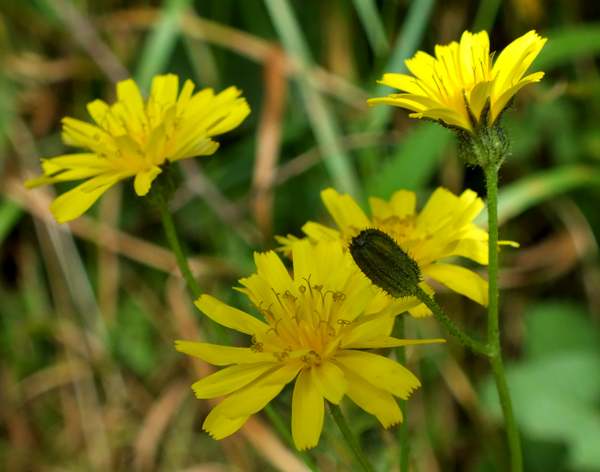
Nipplewort gets its common name from the shape of its flower buds. In gardens this wildflower often colonises cultivated soil but, being shallow rooting, it is fairly easy to eradicate. This plant is usually an annual but it can also be a short-lived perennial.
Description
Nipplewort is one numerous yellow, dandelion-like flowers, but its tall wiry stature - plants are commonly a metre tall and sometimes rather more - is a distinguishing feature as also are the small flowers and the nipple-like buds. The flower heads are arranged in loose panicle, each compound ‘flower’ comprises typicaly 8 to 15 pale-yellow rayed florets, which are often, although incorrectly, referred to as petals. Unlike other dandelion lookalikes, a Nipplewort flower head does not develop into a white pappus of parachute-like seeds. The fruits of this plant are yellowish- brown achenes typically 4mm long.
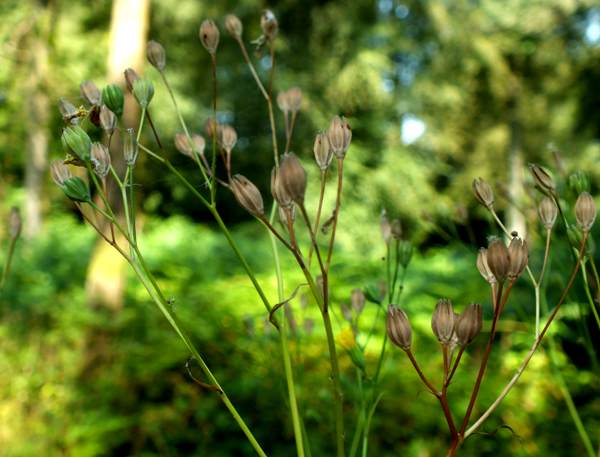
Above: the basket-like fruits (achenes) of Nipplewort each contain many seeds.
Stems are uoright and loosely branching.with leaves alternate up the stems. The lowest leaves, which are unlobed, are stalked, while upper leaves are either short-stalked or stalkless; the leaves have toothed margins.
Habitat
Although commonly seen on wasteland, Nipplewort also colonises hedges, roadside banks and other damp and shady places.
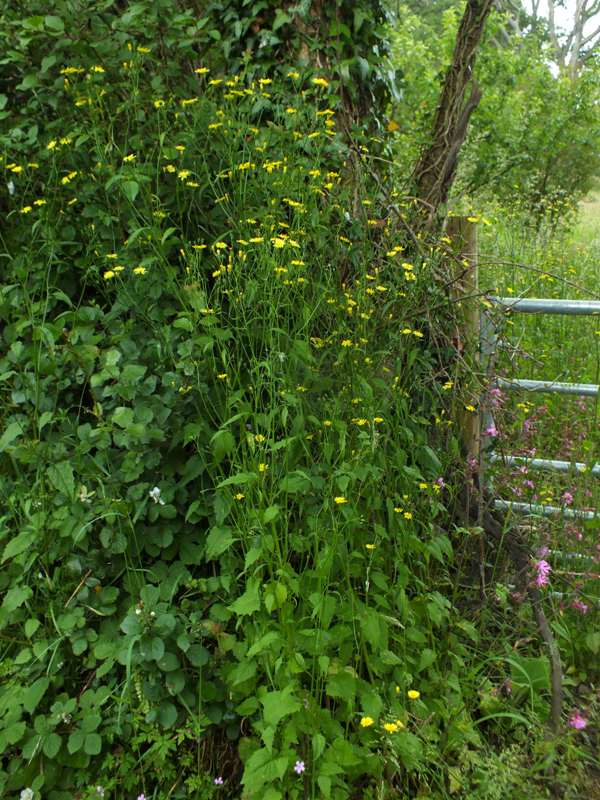
Distribution
This plant, which is native to Europe and southwest Asia, is common throughout Britain and Ireland. Nipplewort has become naturalised in many other parts of the world including North America.
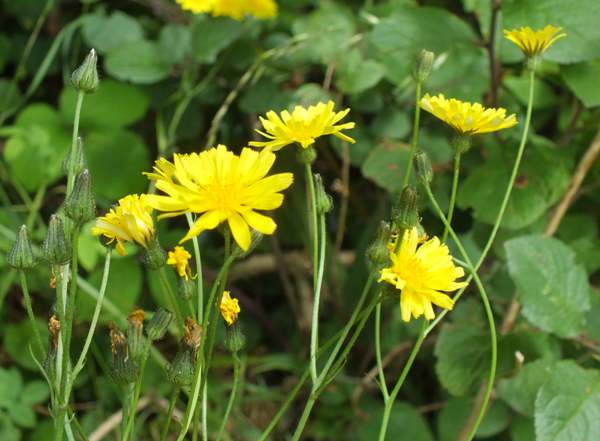
Blooming times
In Britain and Ireland the delicate composite flowers of Nipplewort appear from early June onwards. The flowers open during sunny days but they remain closed up during bad weather.
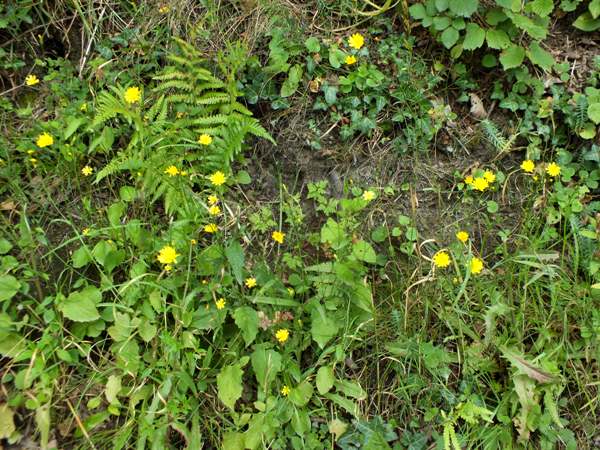
The plants shown on this page were photographed in Wales UK during June and July.
Sue Parker's latest ebook is a revised and enlarged second edition of the acclaimed Wildflowers in the Algarve - an introductory guide. Full details here...
Buy it for just £3.95 on Amazon...
Please Help Us: If you have found this information interesting and useful, please consider helping to keep First Nature online by making a small donation towards the web hosting and internet costs.
Any donations over and above the essential running costs will help support the conservation work of Plantlife, the Rivers Trust and charitable botanic gardens - as do author royalties and publisher proceeds from books by Pat and Sue.



